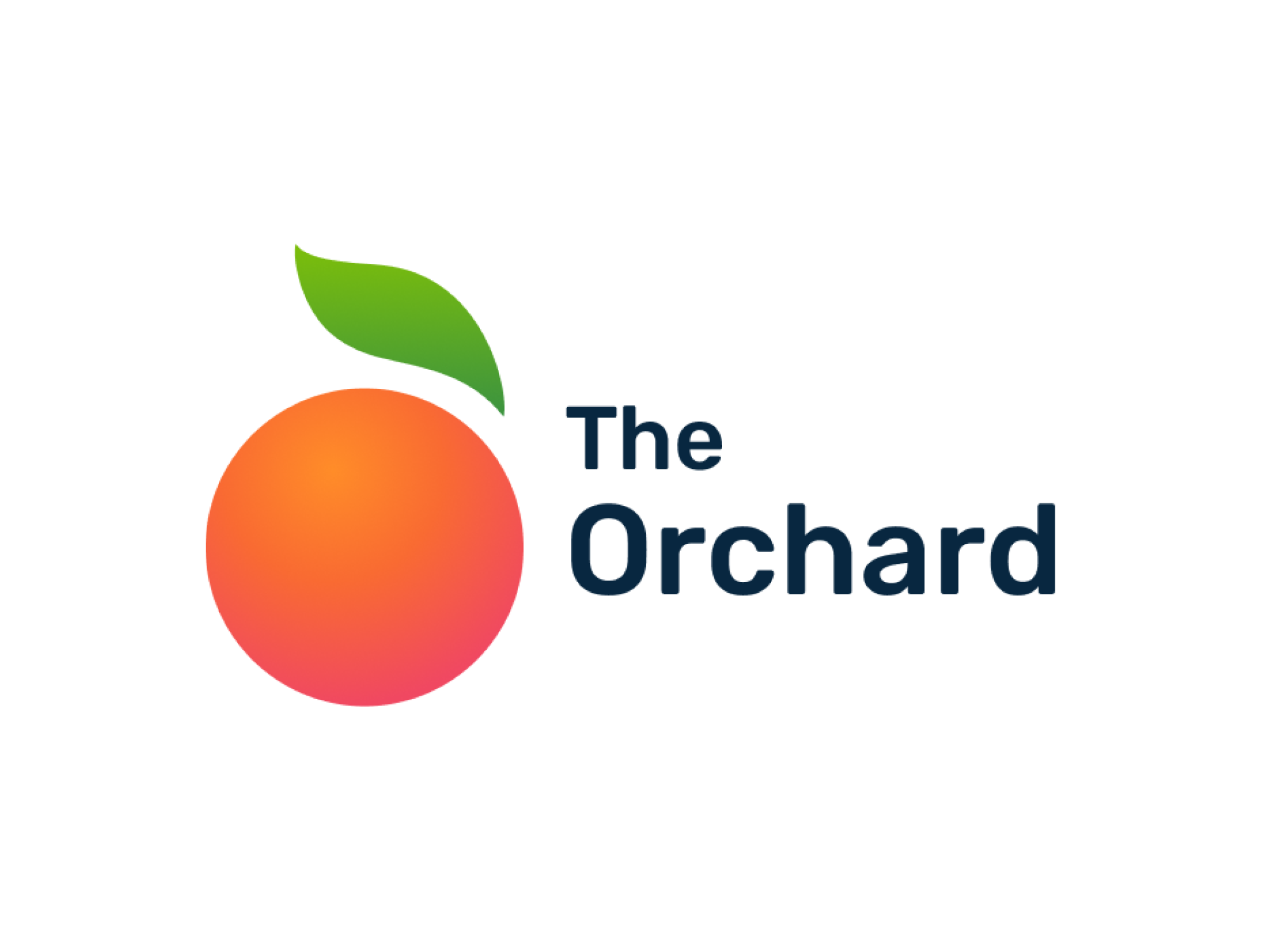Creating an Payment System for Sony Music
Role
Lead Product Designer
Skills
Figma, User Research, Prototyping, Market research
Status
Main product has been shipped, iterations continue.
Project Length
12 months
The Problem
The Orchard wants to keep customers, and created a three pronged approach for doing so:
Provide better business intelligence
Provide better tools for managing content
Accounting tools that set us apart from competitors
How might we provide accounting tools that help our customers better run their business?
Competitive Analysis
The Orchard is competitive in its product offering, except for one key area, which is paying out royalities.
We are matching most of the market, but have one glaring miss.
Soliciting User Feedback
The first step in uncovering the problem was to recruit users to get more information about how they work and more specific information about their business.
Information about how much detail they need, the size of their business, how many artists they manage, what format they use for their statements, and how they currently calculate royalties.
The results of the study confirmed our problem statement, our users thought royalties were the most important.
User Feedback
We heard some great user feedback that helped direct us toward some concepts that we could further test:
“Being able to split our net revenue by release to pay band members would be great.”
“Would love the option to input artist / campaign expenses within The Orchard.”
“Really looking forward to see how you include a royalty tool which would take away tons of work, as we still do royalties by hand for each product. :)”
Pain Points
Through a series of interviews with defined personas, we confirmed some pain points of our users:
Record Label
Accounting is getting complex, and doesn’t provide returns. More technology is needed, and I’m not great at that.
I can do the technology, but customers don’t know me as an authority when it comes to accounting.
Distributor
We are spending too much time and money figuring out how much we are owed and who we have to pay.
Customer
It takes forever for me to get paid, and I’m not sure it is clear that I’m getting the right amount.
Collaborator
Designs
After taking in all of the user feedback, I designed the interface which we used for further testing. After we were happy with the results, I helped develop and launch the product.
Providing a friendly welcome was important, as the setup process was a little complex and we needed to engender some trust
Customers decided how much revenue would be split across collaborators.
After a payment period has ended, the customer generates a payment to send out to collaborators.
Customer Feedback
We received a variety of feedback, but it was nice to feel like we hadn’t gotten a win with the following:
Quantitative Results Learnings
#1: Adoption was lower than expected
Customers with small number of Collaborators may not need this product
Some labels pay upon receipt of invoice and don’t need batch payments
Labels have existing payment method they are happy with – reluctant to change
#2: They aren’t using the payments portion.
Confusion and time issues around process with Wise (payment processor)
Lack of understanding of funding process
Some territories not supported by Wise
Next up









